Broadsword finds out once and for all whether this Italian favourite can hang out with the big boys when he reviews the Sabatti Rover Hunter Classic .308 Win
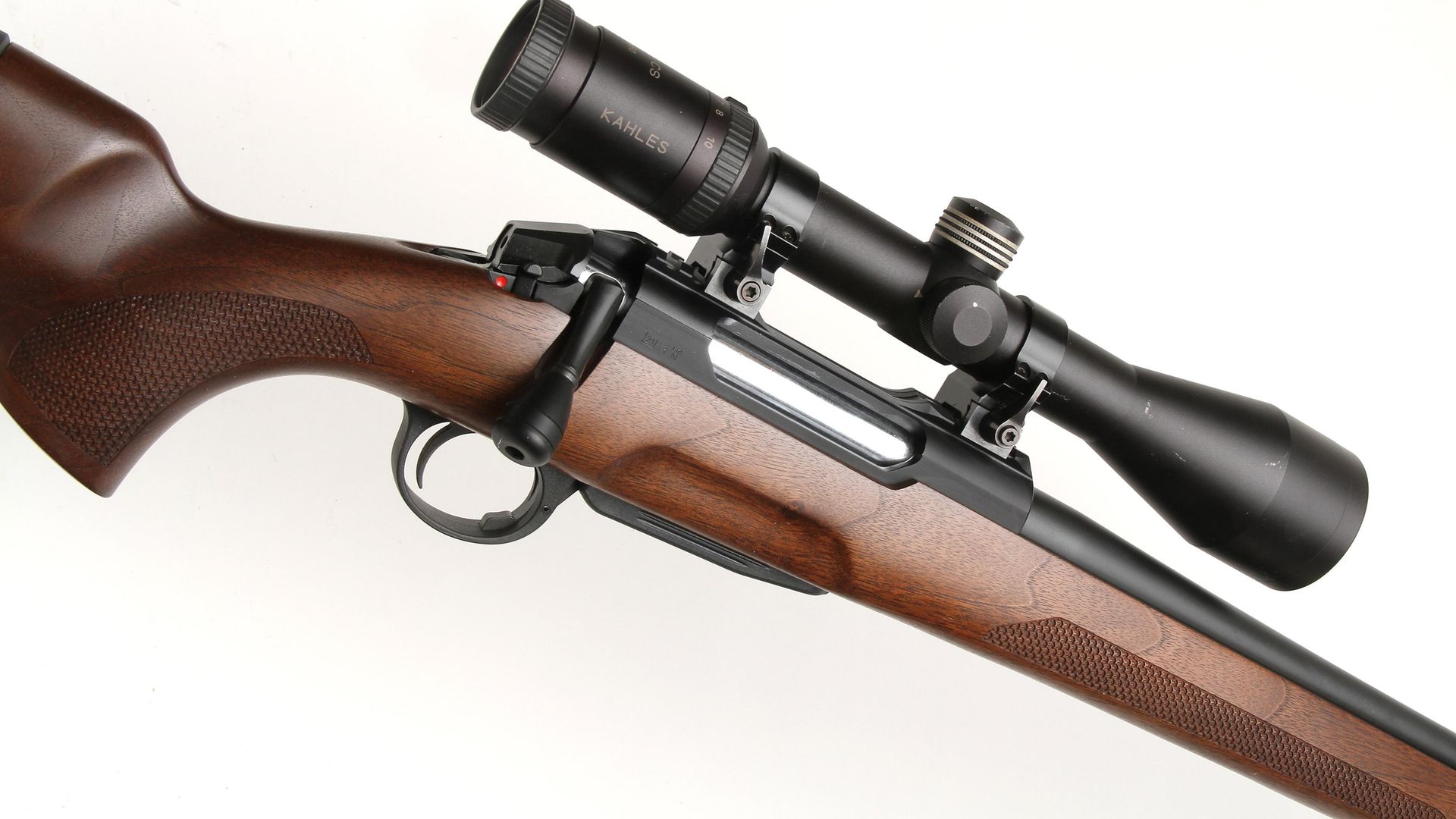 credit: Broadsword
credit: Broadsword
It’s nice to test a Sabatti rifle for a change. I had forgotten what a nice hunting gun they are, and something a bit different from the norm. Sabatti are not a well-known name in rifle shooter circles here in Britain, but they have a loyal following back in their Italian homeland. Their heritage spans over 400 years, from the very first black-powder guns to the kind of modern tactical precision rifles produced today, so they should know a thing or two.
It’s a shame Sabatti aren’t more popular, as they make a good selection of well-priced and interesting guns, ranging from your traditional clay and game shotguns, to double rifles and, as on-test here, bolt-action models.
The Rover series of rifles on test is a classic bolt-action hunting rifle available in a wide range of calibres from .223 to .300 Win mag – but check on availability. You also get a detachable box magazine, adjustable trigger, integral Picatinny scope mounts, Sabatti’s legendary cold hammer-forged barrels, and various wood or synthetic stock options and metal finishes.
This Rover Hunter Classic, for example, retails for £925, has a pretty standard walnut sporter-type stock, and would appeal to anyone wanting a good, reliable workhorse.
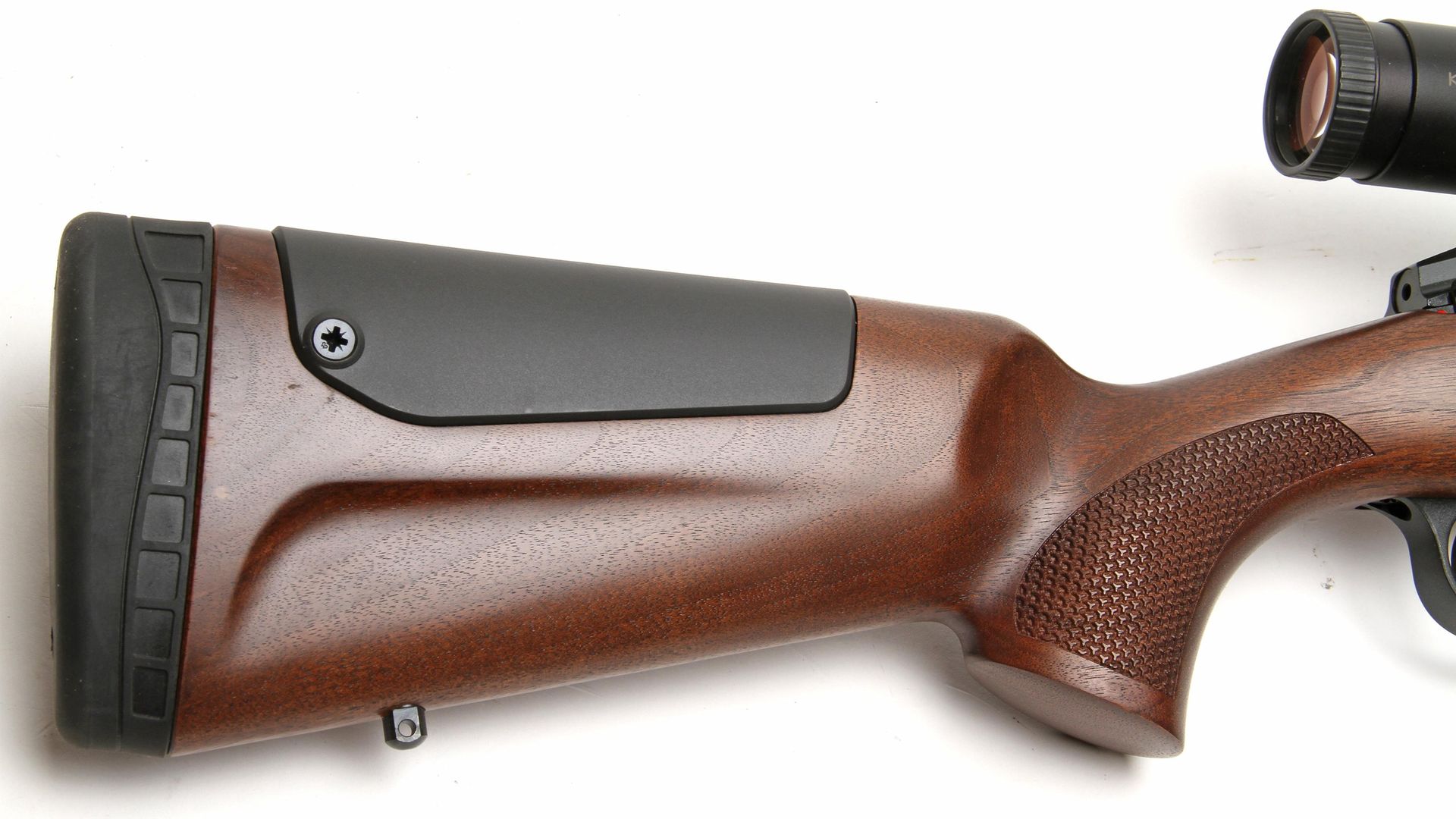 credit: Broadsword
credit: Broadsword
A closer look
The Rover series is not a new design. It has its roots back in the decadent 1980s, but this model has undergone a complete make-over, not only in looks but also in manufacturing processes. In particular, and at the heart of the Rover as with any other rifle, is the action, to which all ancillaries attach and depend on for uniformity and integrity of purpose.
Sabatti use the latest CNC machining tools and machines for their firearms, and as such can produce very close tolerances on all their machined or cast offerings. For instance, the action is all aluminium and made from a solid billet of Ergal 55, which is a light alloy that is precision-machined and then finally hard black anodised. It has negligible machine marks, all salient areas are perfectly finished, and the said finish is very hard-wearing for a hunting gun. It won’t rust, either!
I like steel-actioned rifles, but this Sabatti aluminium version makes sense and adds not only high-strength to the Rover, but lightens the rifle so that additions of scopes and sound moderators do not overburden it.
Best of all is the integral Picatinny scope-mounting, which takes the form of two separate sections on the action tops, providing a permanent fixture with no loss of zero due to loose mounts, although it must be said that a full rail would help with scope, NV or thermal use in the smaller calibres.
The action is further lightened by clever machining, and if you look closely there is a recessed faux ejection port to the left, again weight-saving in nature.
You also have a barrel exchange system that Sabatti don’t really promote but takes the form of an extended action union, where a barrel can be exchanged when three Allen screws are loosened. Head spacing is accurately maintained within the integral steel action bushing, thus making parts interchangeable. A bolt change for smaller or larger calibres would be necessary, and these bolts are another very well-made item.
They weigh in at 0.425kg and are again CNC-machined from a solid steel billet, leaving very few tool marks for smooth operation of the three-lug locking system. This achieves a 60° bolt lift, which has a distinct two-part feel as the bolt cams the hammer spring into action. The locking lugs are in a ‘V’ configuration, with the bottom lug being used for a positive cartridge lift from the magazine.
You also have a good degree of lug contact, as is evident from the usual scoring on the back of each individual lug. A recessed head section allows positive engagement into the barrel’s abutments.
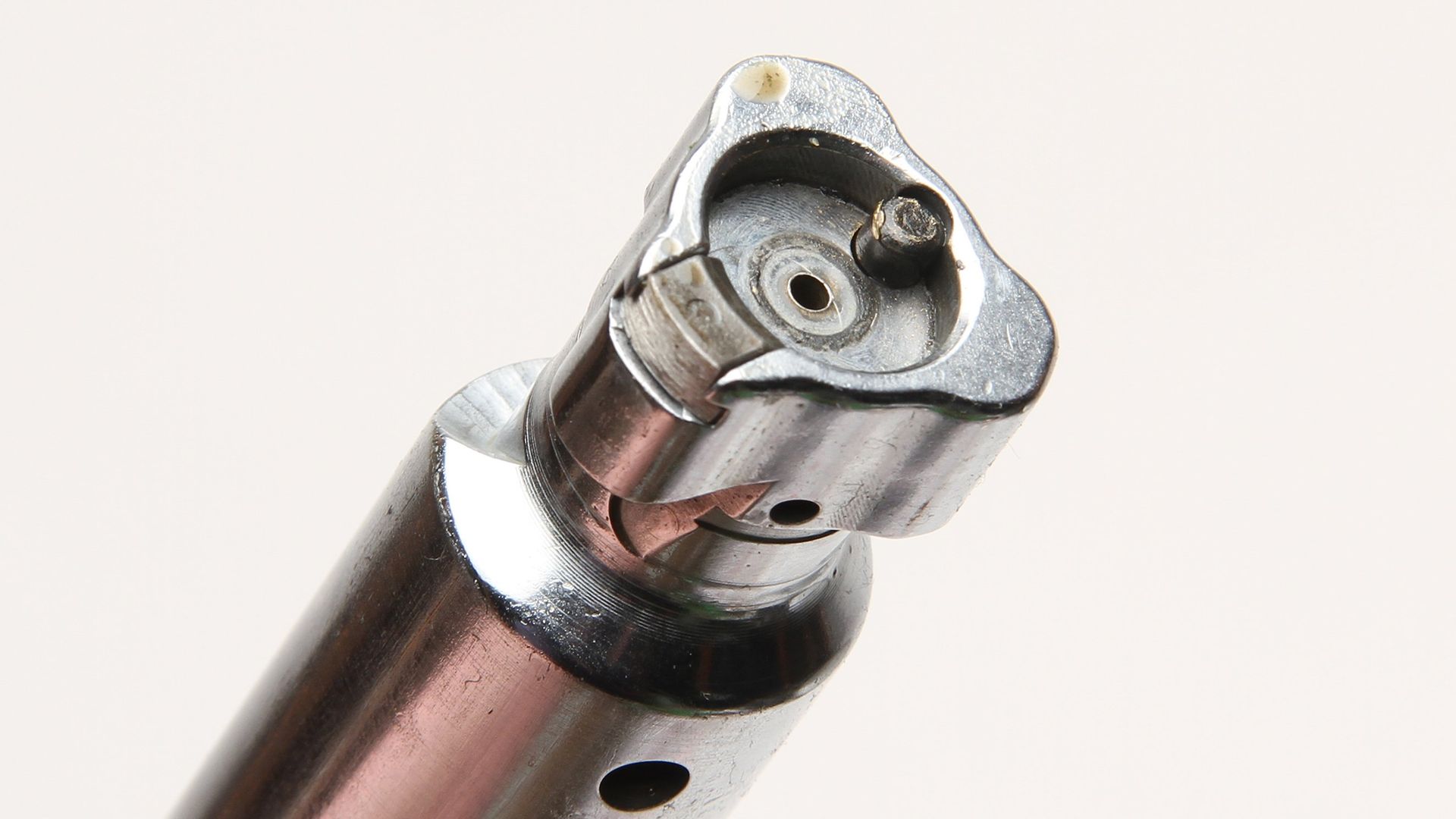 credit: Broadsword
credit: Broadsword
The bolt’s body is chrome-plated steel with a long guide rail cut to its left, both alleviating binding in operation, and it has a very large ejector set into the right locking lug, with a plunger-type ejector on the opposite side.
The bolt handle knob is a separate unit and can be easily changed for another style. Here, a short straight semi-teardrop suited the Hunter just fine. At the rear is an all-steel bolt shroud and large cocking indicator, giving a good visual and tactile indication that the Sabatti is live.
I have to say that the trigger is not bad at all, breaking at 3.65lb with very little creep and a positive trigger sear break. Standard models have a two-lever affair, while a Match unit has three levers. A single set trigger can also be ordered, but check with Range Right first.
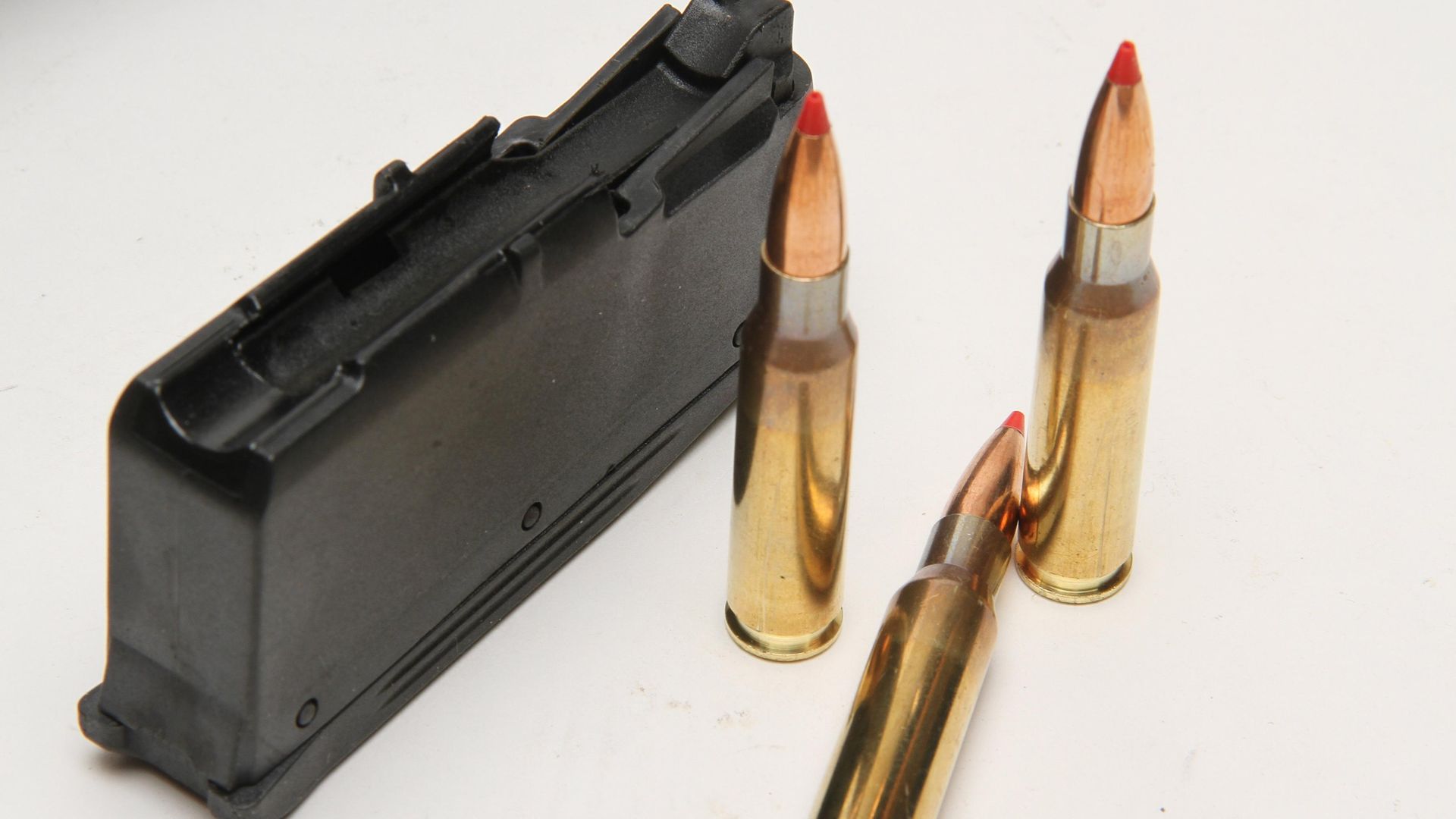 credit: Broadsword
credit: Broadsword
Innovation is key
Safety-wise, you have a traditional two-position side-mounted lever, where ‘forward’ is fire with the red dot visible and ‘back’ locks both the bolt and trigger. Simple but effective.
Sensibly, from a hunting point of view, Sabatti have opted for a polymer magazine construction and magazine well, and an all-polymer trigger guard unit. This part of the rifle always gets rested on wet ground or a wet jacket when slung and is thus prone to rust, so a lightweight and rust-free solution such as this is perfect.
The magazine is a single-stack three-shot option in this calibre, removed by the inset latch at the front of the trigger guard. It isn’t my favourite design, but it pops out easily enough. Some of the models – the Shooter and Patrol – come with AICS compatible magazines as standard.
Sabatti use a barrel that is made in-house and have garnered a good reputation on the quality of this vital component. They can keep an eye on quality control from the cold-hammered forged process with traditional button rifled barrels, not their MMR profile such as on the Tactical I tested recently. This Hunter Classic sports a sensible length 20" barrel with a 0.628" diameter muzzle that is threaded for a 14mm x 1 metric thread and has an almost invisible thread protector, too. In .308 Win you have four grooves and a 1 in 10" rifling twist rate, so it’s good for all the common .30 cal hunting projectiles.
It is also very well free-floated away from the stock, with a good deep barrel channel so that the barrel is free to oscillate as the bullet travels toward the muzzle. This maintains consistent accuracy, even with a bipod fitted.
Finally you have the walnut stock, which on this version was standard-grade wood, but the Pro Classic wears an enhanced wood grain soft-touch finish if you prefer. It’s a typically sporter configuration with a slim forend with quite an angular profile that has a short M-Lok attachment rail inset into the underside. You also have sling swivel quick-detach studs to take your choice of accessory fitment. The checkering, as with the pistol grip, is laser cut in the form of small three-cornered profiles that look neat but are not particularly grippy in nature.
Where the magazine sits you can see that the stock has been scalloped away to make finger access much easier. It’s a good idea, and although the pistol grip itself has no palm swells, its rake and relatively wide girth really feels very solid.
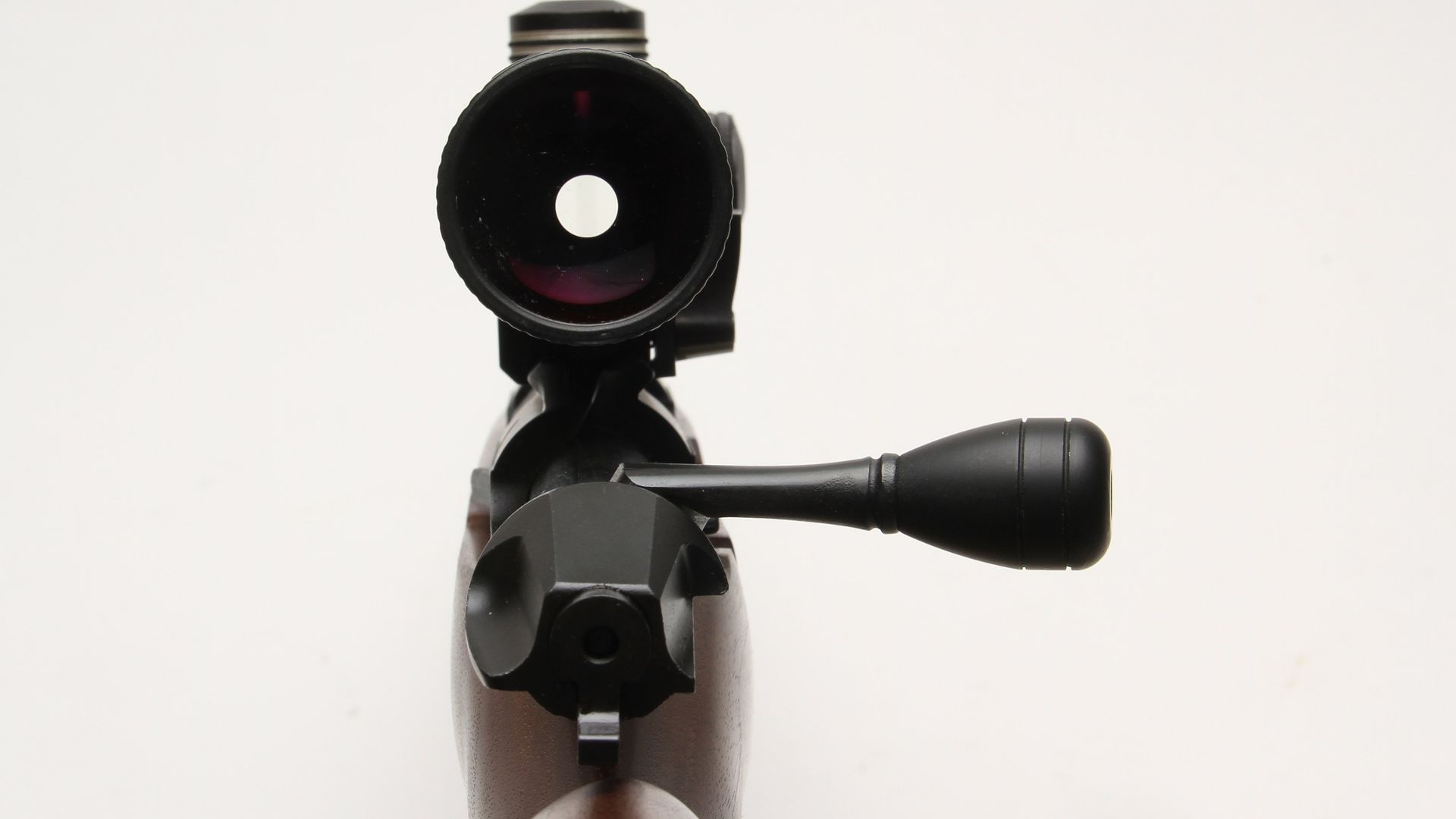 credit: Broadsword
credit: Broadsword
Strength in this area is important too, and the standard grade walnut helps with its straight grain and lack of figuring. It may not look fancy but it inevitably makes the stock stronger. I’ve had lovely walnut figured stocks in the past that have broken at the wrist and opened up like onion rings.
The rear stock is also semi-scalloped to reduce weight, and the soft black rubber recoil pad can be removed and length of pull adjusted from the standard 13.75" with the inserts provided. Sabatti have also offered an exchangeable, non-adjustable cheekpiece on the Rover range. It is fixed by a single screw to the right of the stock, and three alternative heights can be fitted in its place. It is made of hard black polymer with a smooth finish and provides ideal eye-to-scope alignment for the Kahles scope fitted.
Looking at the new Rover objectively, you have yourself a very well made and well thought-out rifle, obviously geared to hunting use, with some nice weight-saving features and sensible options.
 credit: Broadsword
credit: Broadsword
Field Tests
This Sabatti came to me at the end of deer season, so I made do with range testing, simulated steel and paper targets to check out the Rover’s performance. I fitted my trustworthy Kahles Multizero scope and shot a variety of factory loads over the chronograph.
I started with the new Winchester Subsonics, which shot a 185gr bullet at 1,147fps, which is actually supersonic! This Sabatti barrel is fast, which happens sometimes depending on rifling depth and bore characteristics. Still, accuracy was very healthy at 1.25" at 100yd.
Moving on to a more conventional load, the Hornady 150gr SSTs shot a nice sub-inch group at a velocity of 2,836fps and 2,680ft-lb of energy. Equivalent lead-free options would be the Winchester Extreme Point Copper 150gr, which produced 2,611fps and 2,271ft-lb with 1.25" groups, or the 150 grain Norma Ecostrike at 2,726fps/2,476ft-lb and the same groups. A nice surprise proved to be the Sako factory load of 123gr Game Heads, with 2,986fps for 2,436ft-lb and 0.90" 100yd clusters.
Now some reloads to tighten those groups up a bit with differing powders and projectiles. Keeping with the lead-free theme, I shot some Barnes 130gr TSX with 42.0gr of RL10X powder and a seating depth (COL) 2.797" for 2,913fps, 2,450ft-lb energy and 1.0" groups. For the 110gr TTSX bullets I used 44.0 grains of Alliant RL10X powder at a COL of 2.739" for 3,180fps and 2,469ft-lb, giving 0.85" groups.
Switching to the Hornady GMX 125gr lead-free bullet at a COL of 2.802", I tried Swiss RS36 powder in a bid to achieve sub-inch groups at a velocity of 3,092fps/2,335ft-lb.
A traditional 150gr load that worked well were the Nosler Ballistic Tips or Accubonds using 45.0gr of RL15 for 2,722fps/2,467ft-lb and 2,749fps/2,518ft-lb respectively, and again nice 0.80-0.95" groups.
I did try some Peregrine 136gr lead free, but sadly this Sabatti did not like them. The best accuracy, oddly, came from some old Sierra Pro Hunter 125gr HP bullets seated at 2.599 COL that produced 0.65" groups at a velocity of 2,897fps and 2,422ft-lb with 44.5gr of Vit N133. This just goes to show that every rifle is different and needs to be fed its own special diet.
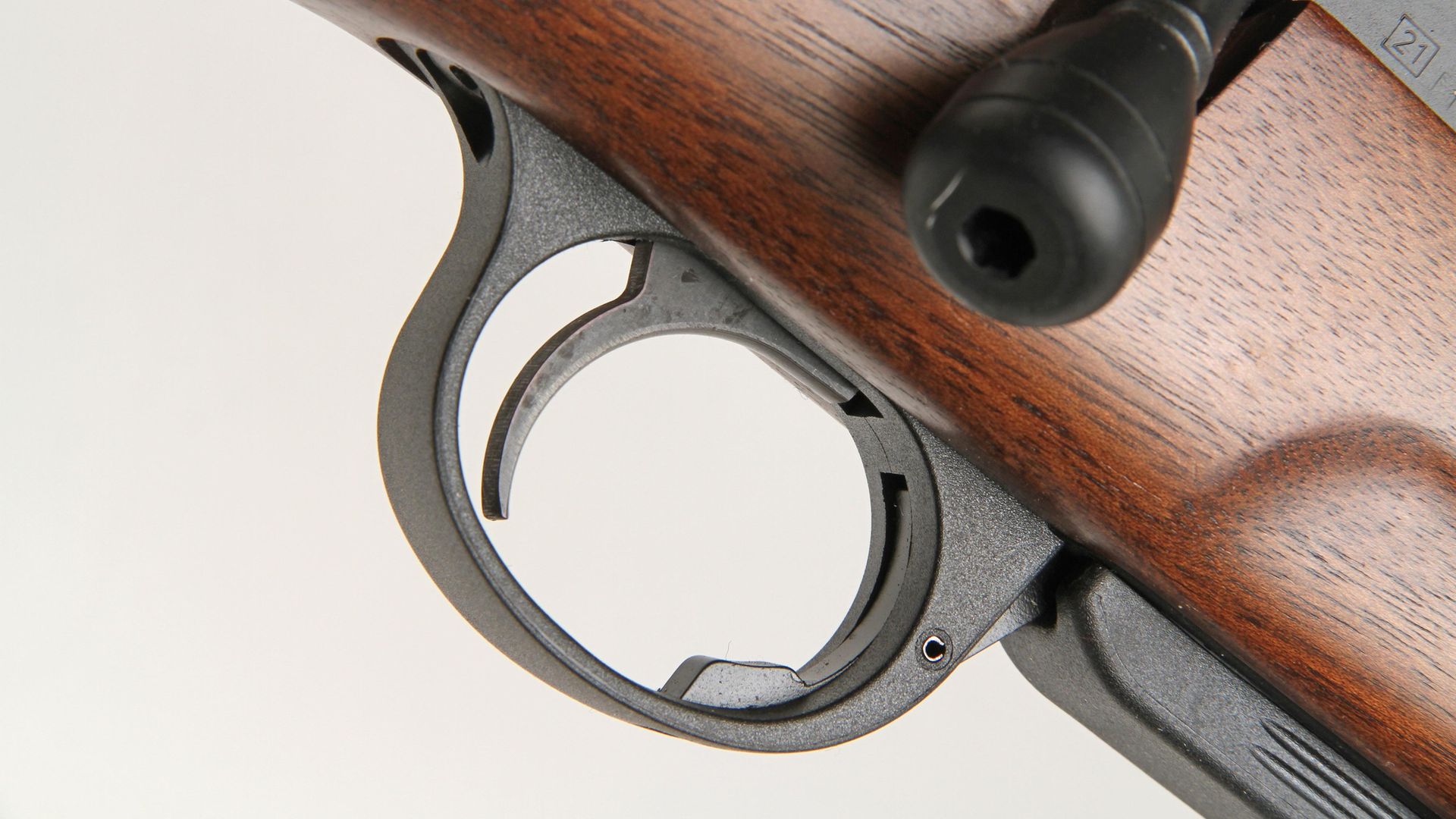 credit: Broadsword
credit: Broadsword
Conclusions
It’s nice to shoot a different rifle and not your usual fare from the major manufacturers. Sabatti rifles are well designed, well made, and deliver a good, reliable and accurate hunting gun without being prohibitively expensive. I’m hoping to test a synthetic stainless version against some deer in the summer, so stay tuned for more.
Tech Specs
Manufacturer: Sabatti spa Italy
Model: Rover Hunter Classic
Type: Bolt-action Sporter
Calibre: 308 Win on test
Capacity: 3 round detachable box magazine
Barrel: 20 inch, 14mm/1 threaded
Overall Length: 40 inches
Weight: 2.92kg or 6.4lbs
Stock: Std Walnut sporter
Length of Pull: 13.75 inch
Finish: Matte black blued and anodised
Trigger: Single-stage adjustable
Sights: Integral Picatinny
Safety: Two position tang
RRP: £925
Contact
Range Right